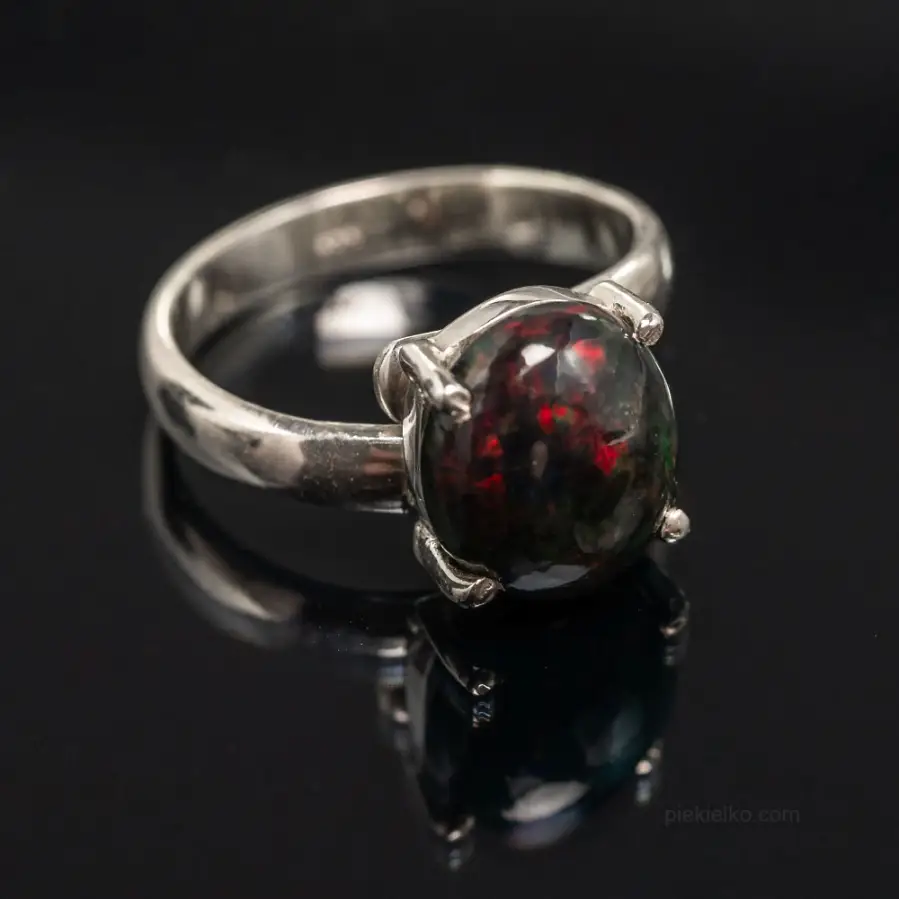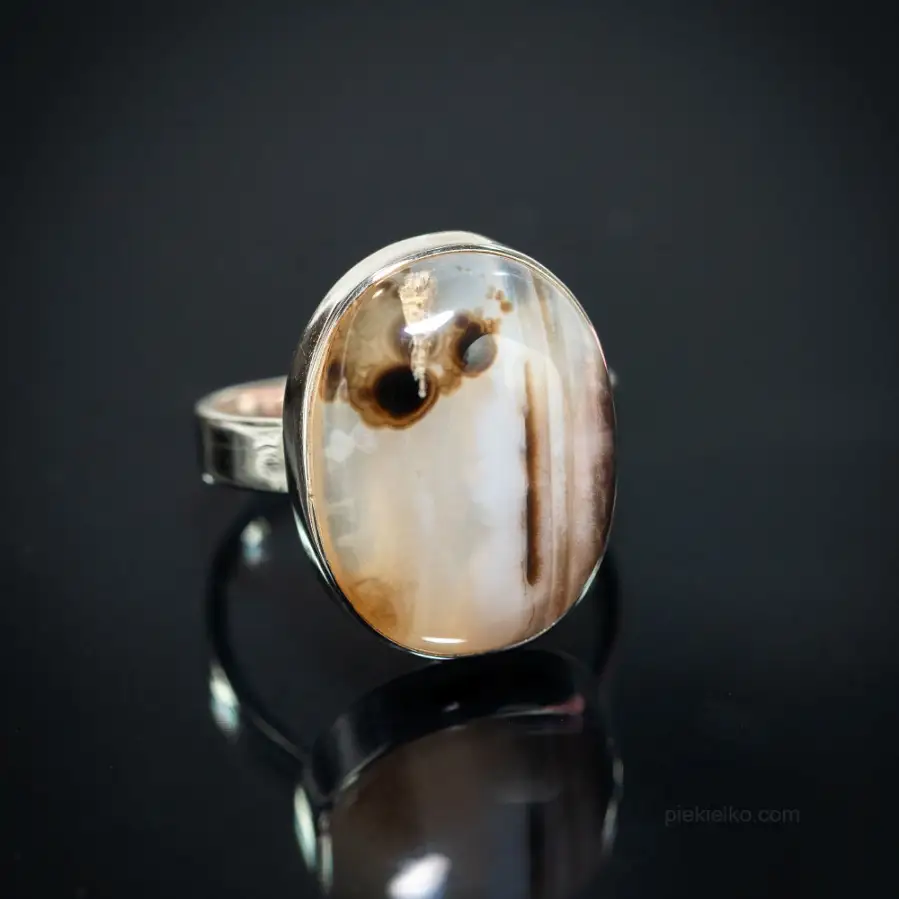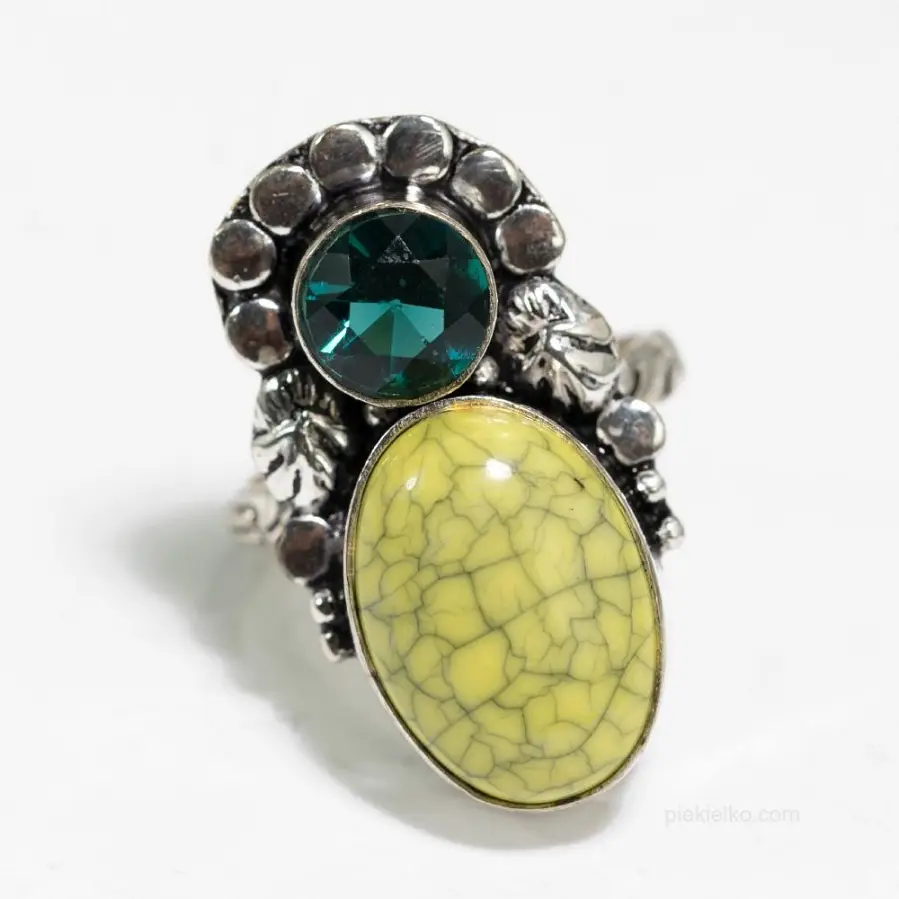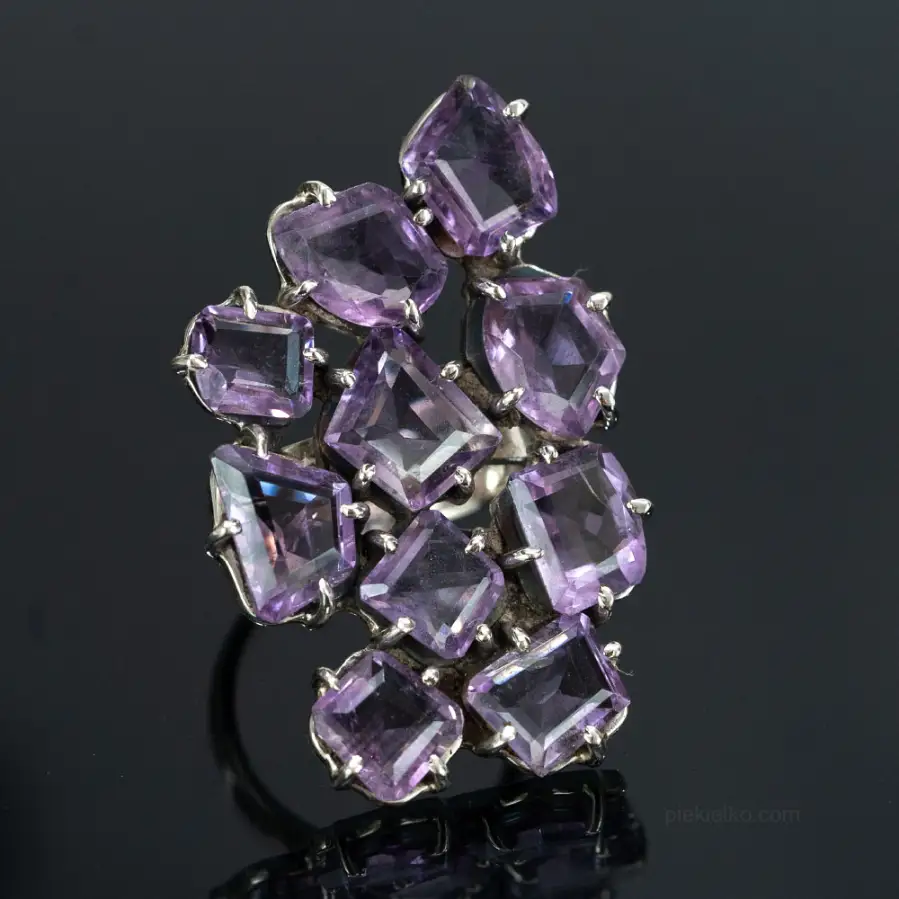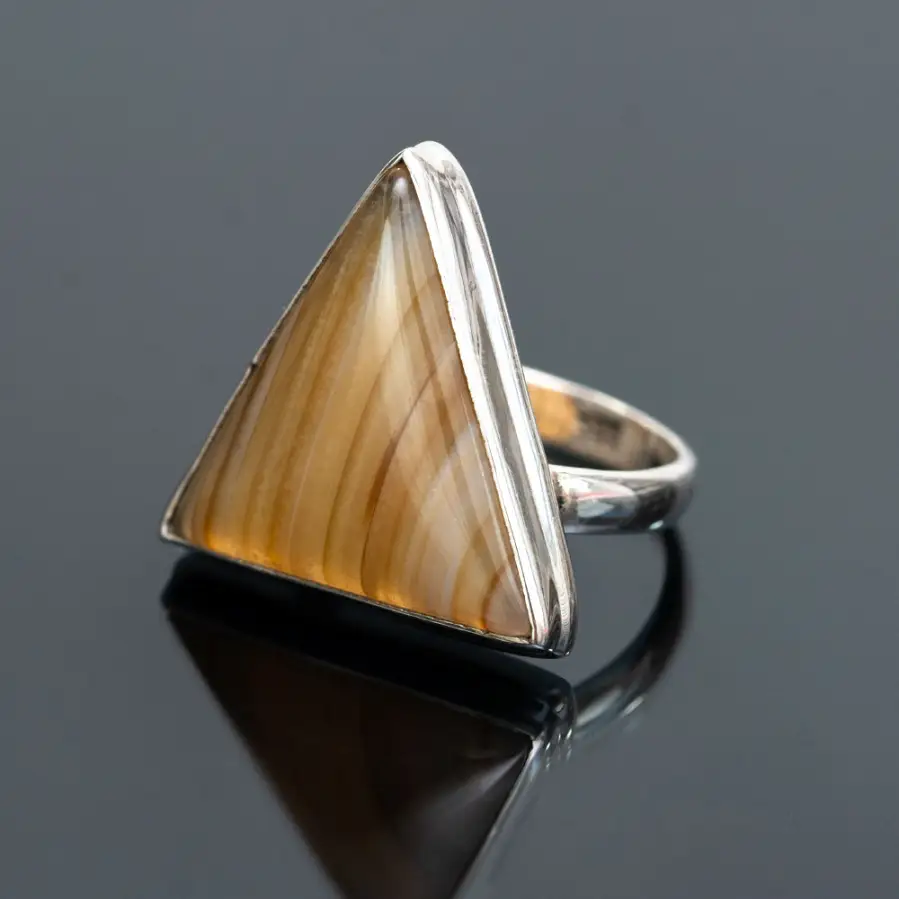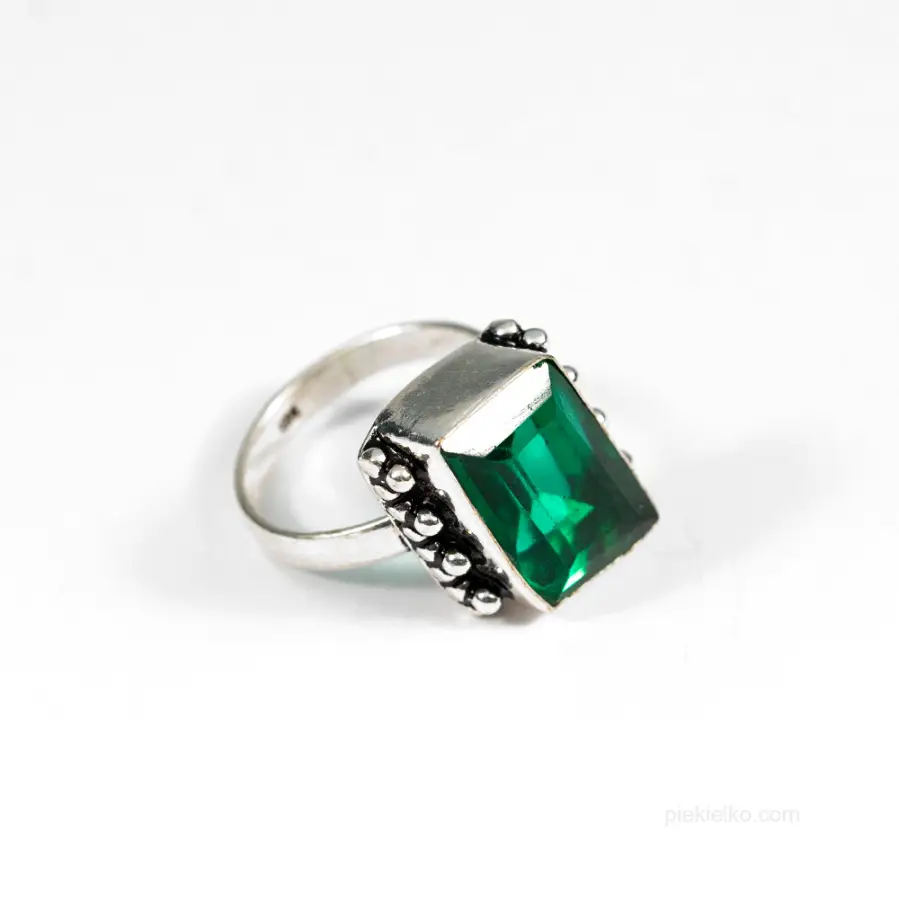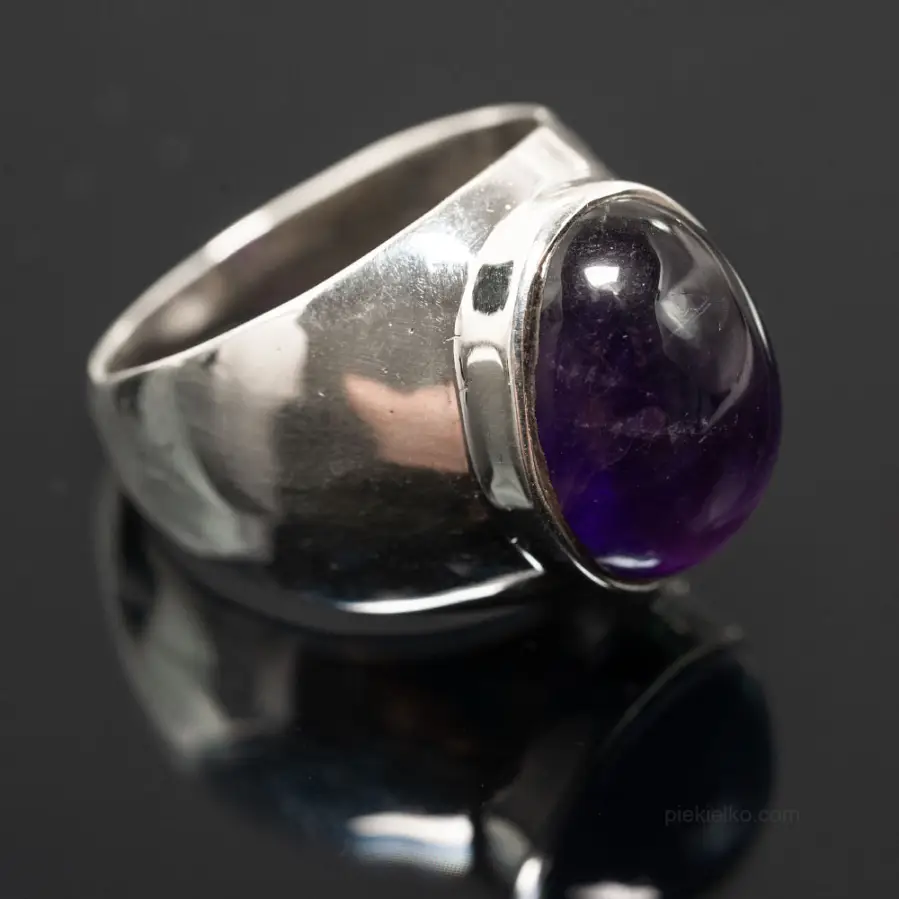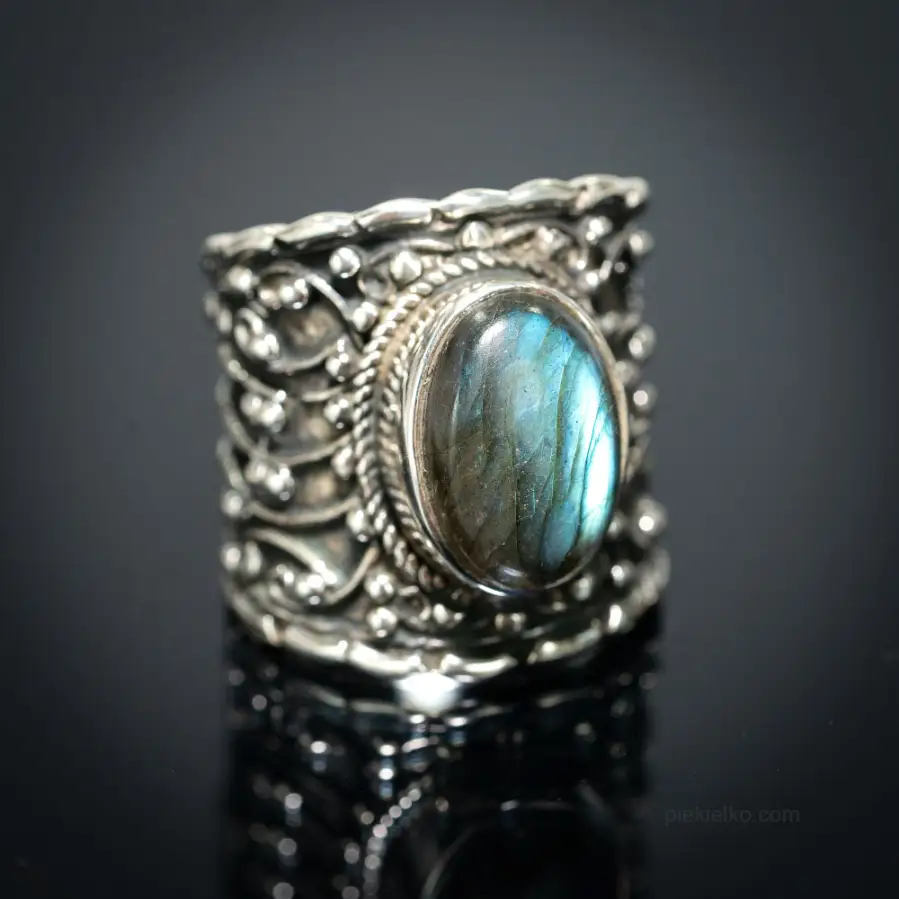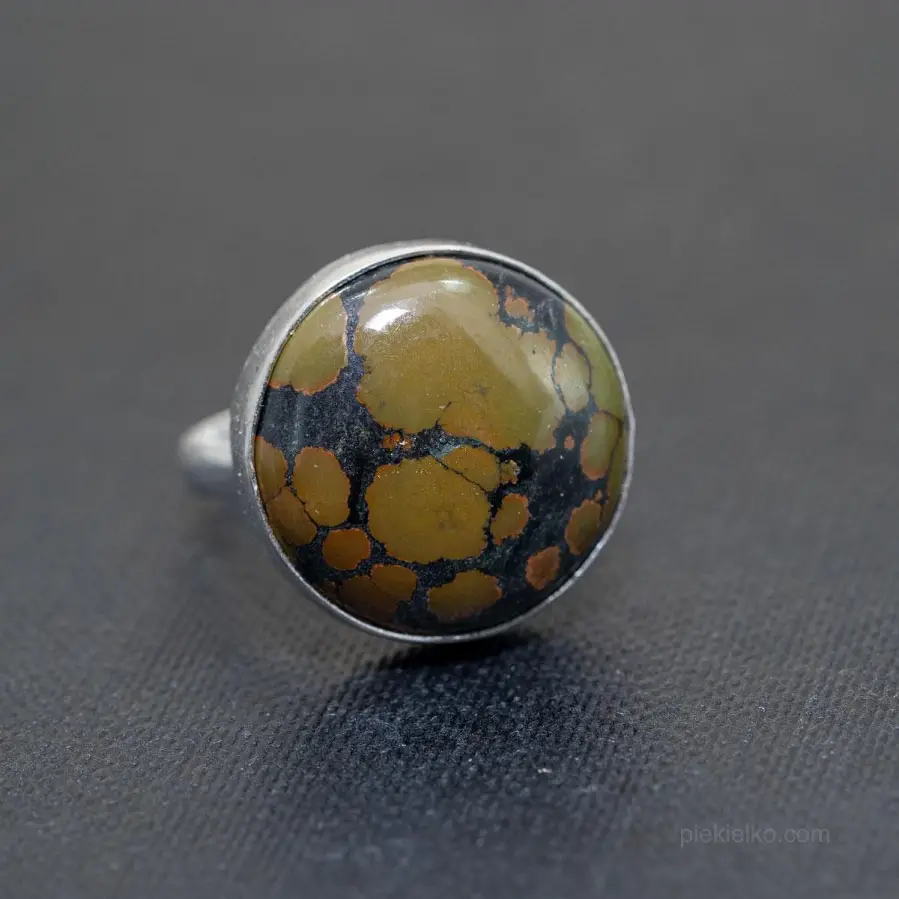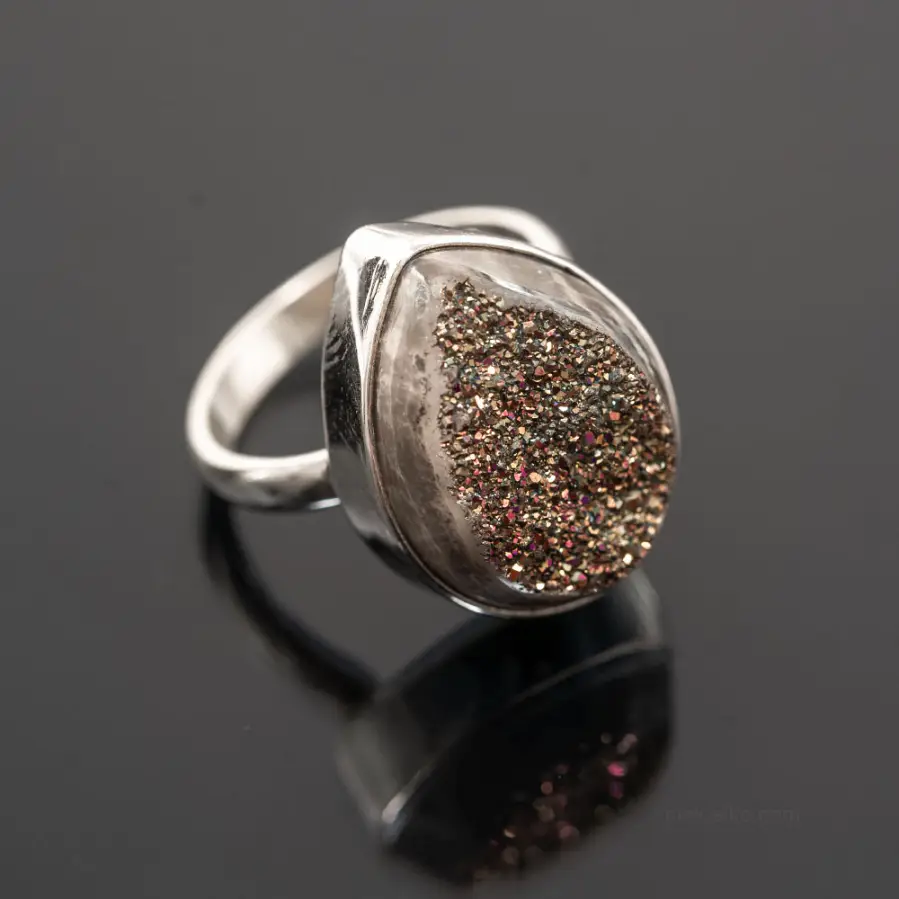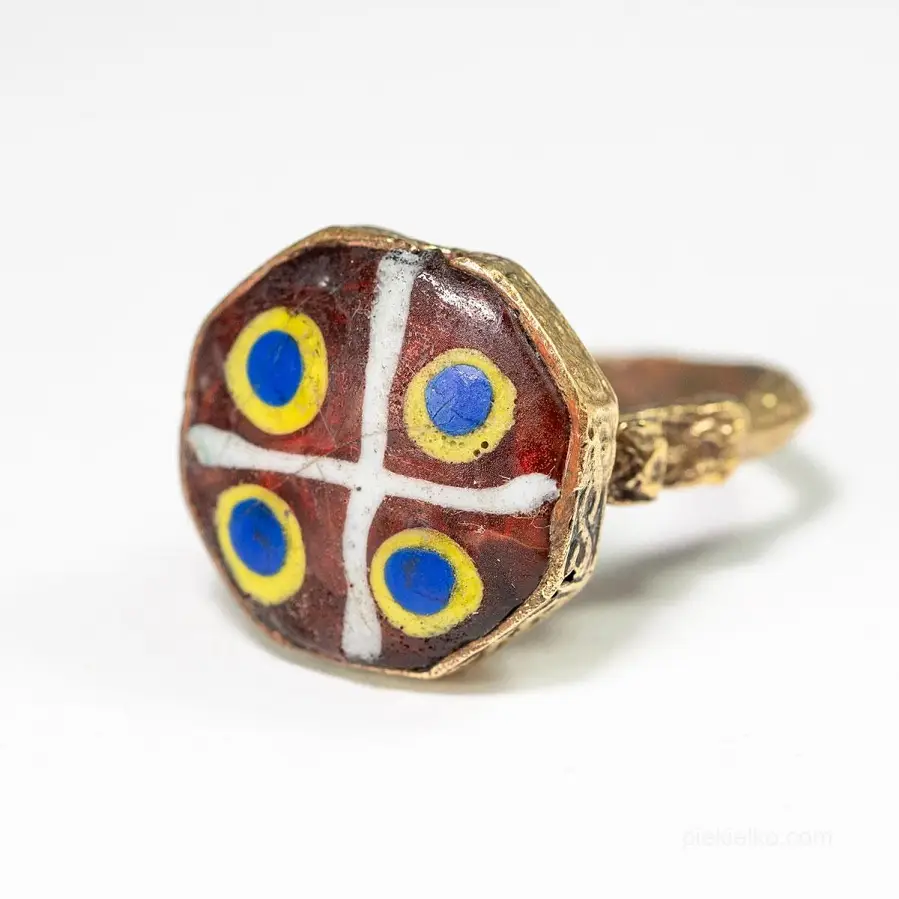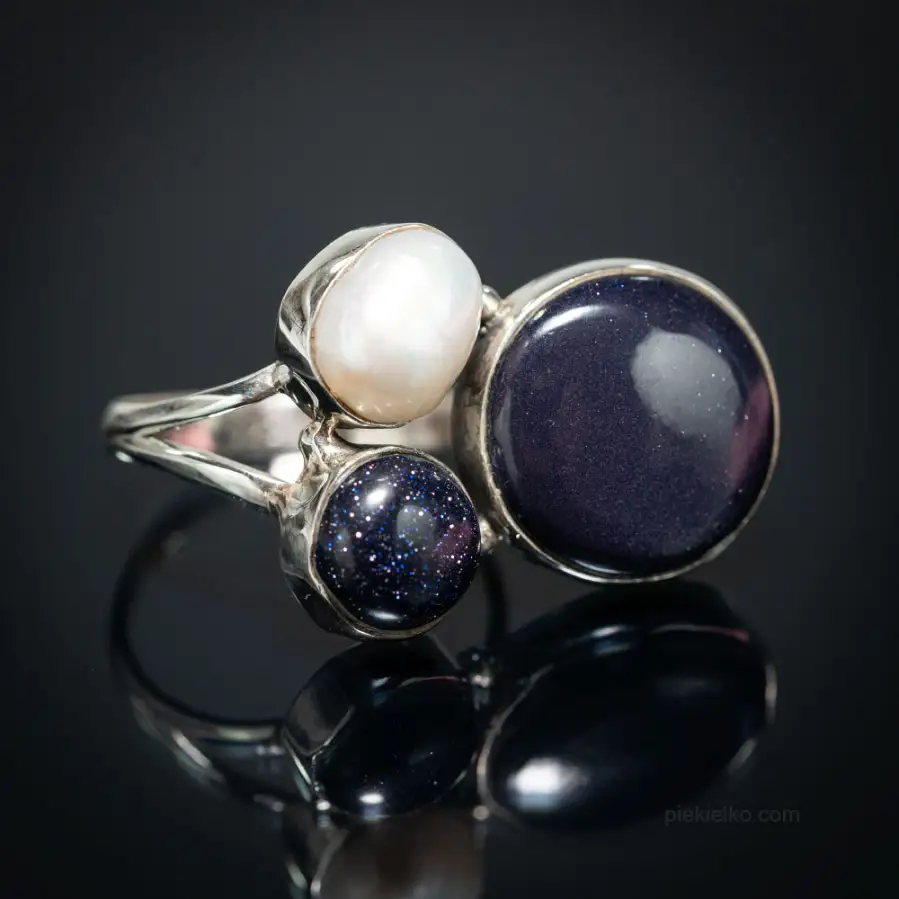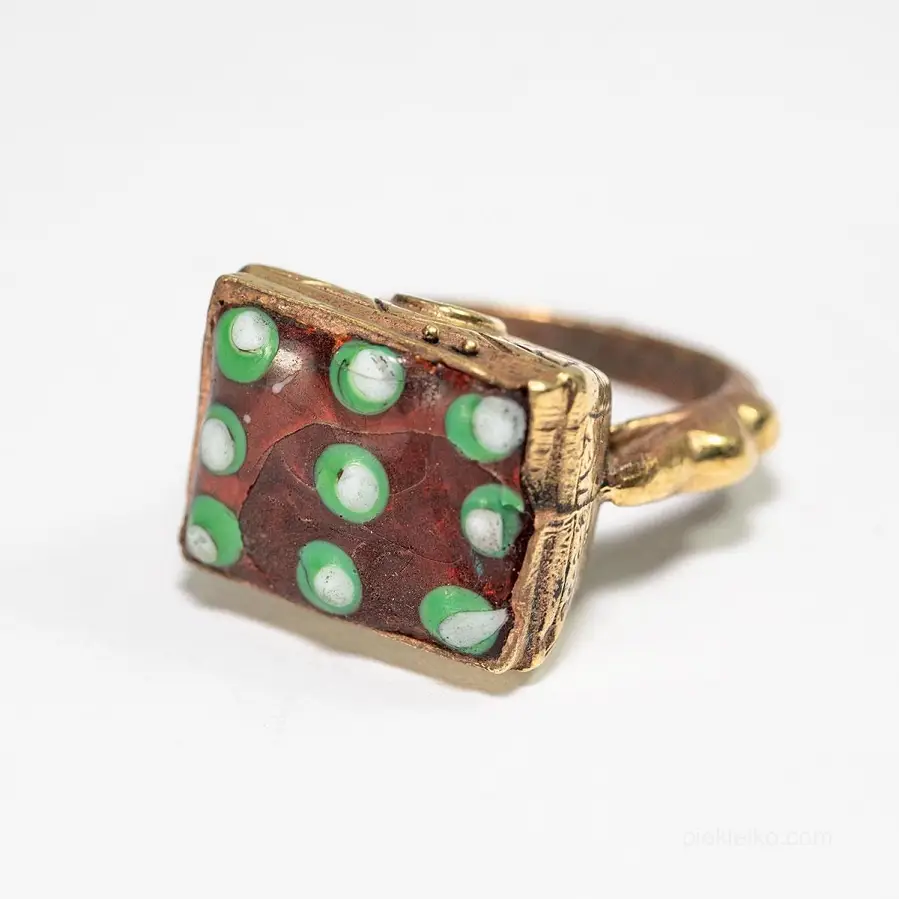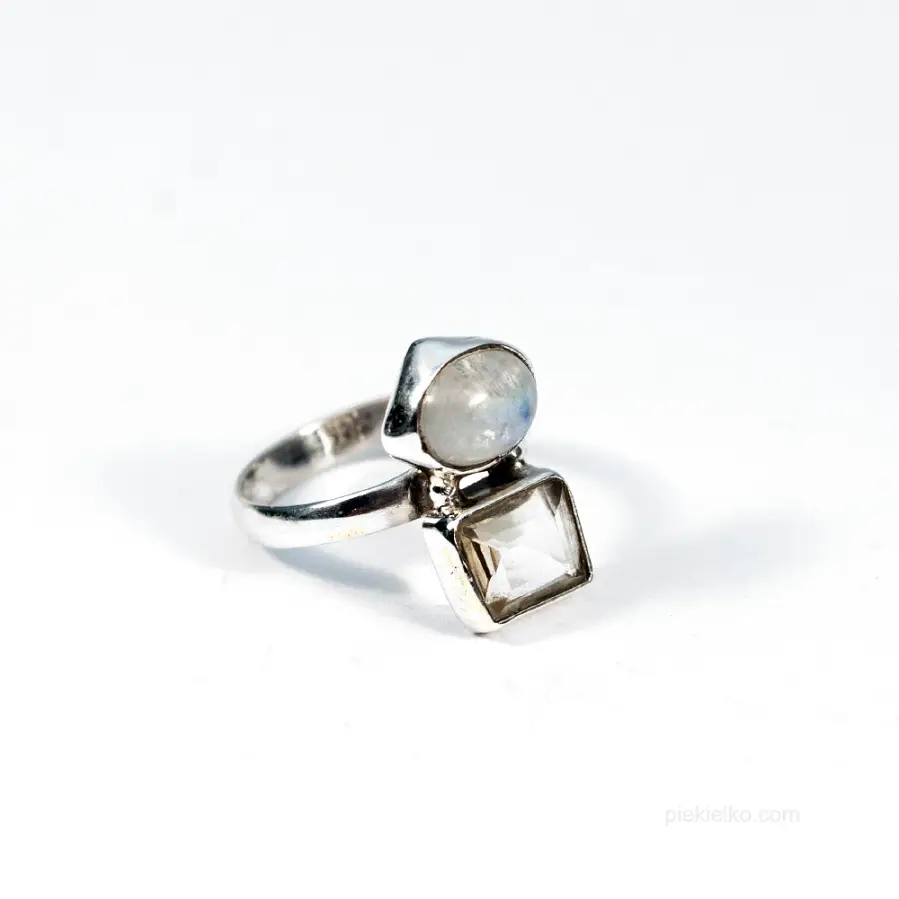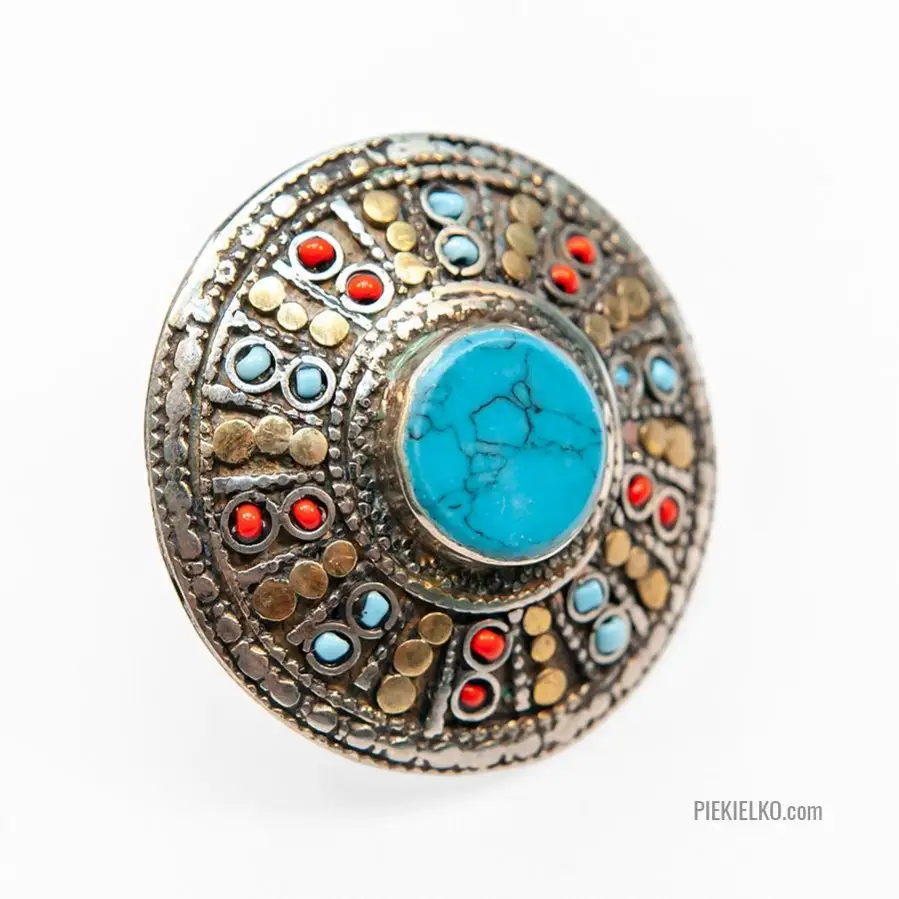Lur - an ancient musical instrument of the Danes

Archaeologists often find various musical instruments or their components, and often reconstruct them. These include rattles, trumpets, whistles or short flutes, gongs, horns and bells used by ancient artists. One unusual wind instrument has also been found, which is undoubtedly one of the oldest in the world. The instrument in question is a "lur" - a type of Bronze Age trumpet that is more than 3,000 years old today.
The name "lur" used today is of quite modern origin and only appeared in the 19th century. It comes from the Icelandic saga, where the war trumpet was referred to as "lur" precisely. It can be said that the name is 1500 years younger than the lur itself.
What it looks like
The lur is a long, curved, bronze trumpet, whose thin body goes into an outlet cup. Lurs have always been used and found in pairs, with both trumpets bent in opposite directions. This is logical, as they are essentially animal horns reproduced in bronze. They also give a double sound.
The louvers represent the most complex casting products of the Bronze Age, and their perfection is unattainable even today. The thinness of the walls cannot be achieved even with advanced modern technical methods. The walls of the found lures are 0.75 mm thick and less. The lures were cast using a precise technique with wax inside and clay outside the casting mold. The joints of the parts are so perfectly made that they can only be seen in X-rays.
Thus, the walls of the instrument were created from an alloy of 13.5% tin and 86.5% copper, the rings from 17% tin and 83% copper, and the brackets from only 6% tin and 94% copper. This complex construction testifies to the high skill of the ancient makers.
Finds
The first six lures, or three pairs, were found by Ole Pedersen in 1797 in the Brudevælte Mose bog, north of Lynge in North Zealand. The lures found lay in pairs at a depth of about 1.5 meters under a layer of peat. They were probably found in the silt when there was still a lake there, which only later began to overgrow.
Most of the lurs (39) were found in Denmark, 11 in Sweden, 4 in Norway and 5 in Northern Germany. All of these areas once belonged to Denmark.
The ancestors of the lur are believed to be cattle horns, which were originally decorated with bronze elements. This was the case during the Old Bronze Age - 1500-1300 BC. The first lures date from the period 1300-1100 BC. They consisted of a pipe expanded at the end, modeled with wax and clay. When exposed to fire, the clay hardened and the wax melted away, creating a form ready to be filled with molten bronze.
A few centuries later, the pipes became longer and thinner, and were already composed of several parts, which were joined and soldered together. From the ninth century BC, pipe pieces, usually six, were put together and bronze was poured over the connection points in a clay mold to form rings.
Uses of
Lur was used as cult instruments. Cave drawings often show figures playing these instruments. There are also images of musicians with lurs in reference to some cult dance or sacrificial ritual. The cultic purpose of these instruments is also evident from where they were deposited in sacrificial swamps. The items used in the ritual were hidden there from possible profanation of their reuse.
The sound of the lur
The sound of the lur is contained between that of the French horn and the tenor trombone. A pair of lurs was usually tuned equally. They do not have buttons, so only natural tones are possible. The range of tones depends on the size of the lura. Twenty tones divided into three octaves is already very difficult to achieve. The most easily produced lura tones correspond roughly to the male voice, and can also accompany singing.
Tests made have shown that a modern musician can play marches, hunting signals and even complex motifs from Wagner's "The Flying Dutchman" on the lura.
- Created on .
- Last updated on .
- Hits: 9360



